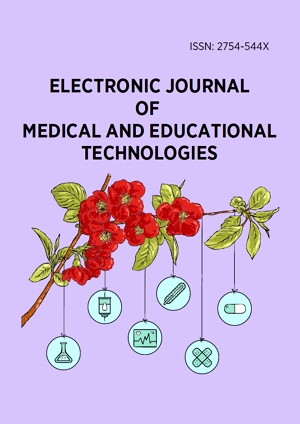Abstract
Background: Aluminum chloride is a potent neurotoxic compound that is being implicated in several neuropathological disorders. Considering the unavoidable exposure to AlCl3 in several manufactured foods and medicines, there is a need to combat this threat through affordable natural products like herbs.
Aims: This study aimed at investigating if Salacia reticulata ameliorates aluminum chloride-induced cellular changes in the cerebral cortex of Wistar rats.
Methods: Animals were assigned into three groups: Group A control (distilled water 1 ml/kg), Group B AlCl3 65 mg/kg b.w., and Group C AlCl3 (65 mg/kg b.w.) plus Salacia reticulata (250 mg/kg b.w.), respectively. Rats were orally administered their respective doses daily for 14 days.
Results: The effect of these treatments was studied on harvested brain tissues stained using H&E and the slides obtained were mounted on a microscope. The film obtained from the slides showed cellular and neutrophil profile in Group B, which was absent in Group A on the administration of Salacia reticulate Group C a full recovery of cellular and neutrophil was observed.
Conclusion: Aqueous extract of Salacia reticulata has the potency to revert structural degeneration of cerebral cortex neuron caused by aluminum chloride.
License
This is an open access article distributed under the Creative Commons Attribution License which permits unrestricted use, distribution, and reproduction in any medium, provided the original work is properly cited.
Article Type: Original Article
ELECTR J MED ED TE, Volume 15, Issue 2, June 2022, Article No: em2205
https://doi.org/10.29333/ejmets/11884
Publication date: 08 Mar 2022
Article Views: 2367
Article Downloads: 673
Open Access References How to cite this article
 Full Text (PDF)
Full Text (PDF)